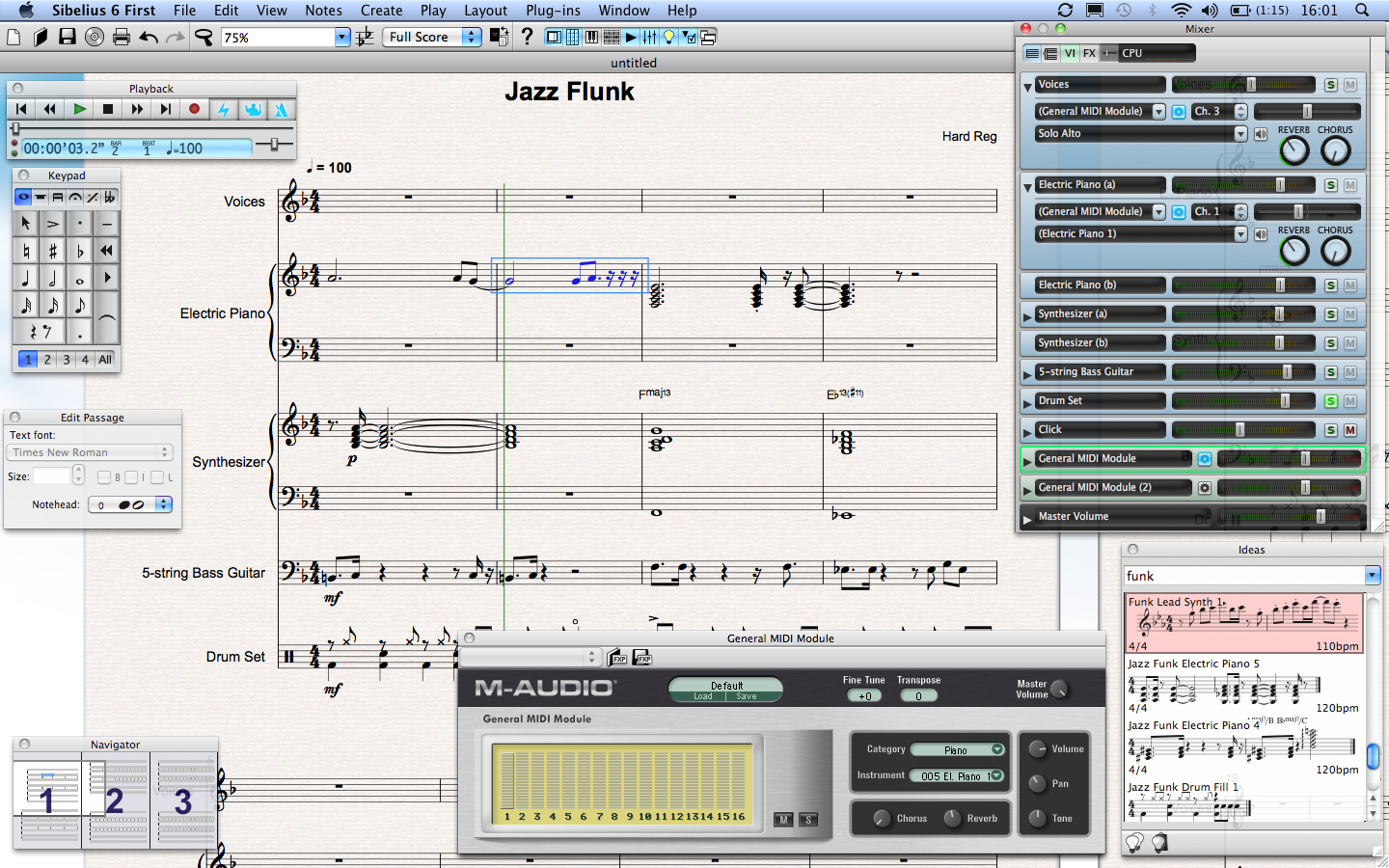

Requirements You need a DM2000 or compatible product Logic Pro 7 or newer. Set Up Make sure that an XSKey with a Logic Pro 7 authorization is connected. Make sure that your DM2000 unit(s) are connected with the computer via USB. Logic 8, Pro 8, and Pro 16 all have 8-channel ADCs. (Pro 16 has two.) Logic 8 has an analog sample rate of 10MS/s at 10-bits, and Logic Pro 8 and Pro 16 sample at 50MS/s at 12-bits. For Logic Pro 16, this is an awesome 9.6Gbit of data which must be handled by the FPGA. Operating System – Windows XP, Windows 7, Windows 8, Windows 10 (all 64-bit only) RAM Memory – 4 GB or more. CPU Processor – Dual-core processor. How to Download and Install Logic Pro X on Windows PC. Before you download and install Logic Pro X on your Windows PC, you need to download and set up VirtualBox on your PC. Emagic Logic Audio Platinum is a Shareware software in the category Audio & Multimedia developed by Emagic Logic Audio Platinum. The latest version of Emagic Logic Audio Platinum is 5.5.1, released on. It was initially added to our database on. Emagic Logic Audio Platinum runs on the following operating systems: Windows/Mac.
Logic 7 System

Logic 10
- 1.Prove the following assertions:
- a.
(alpha ) is valid only if (mathbf {T} models alpha ), where (mathbf {T}) stands for True.
- b.
For any (not necessarily valid) (alpha , mathbf {F} models alpha ), where (mathbf {F}) is logically False.
- c.
(varGamma models beta ) if and only if the sentence ((varGamma Rightarrow beta )) is valid. Here, Gamma is knowledge base and (beta ) is sentence.
- d.
(alpha equiv beta ) if and only if the sentence ((alpha Leftrightarrow beta )) is valid. Here, (alpha ) and (beta ) are sentences.
- a.
- 2.
Give your argument in favor and against, that the material join(p rightarrow q) is not same as the cause effect(p rightarrow q).
- 3.Determine, which of the following formulas are valid /satisfied /contradiction?
- a.
(((p rightarrow q) wedge (lnot p rightarrow r)) rightarrow (q vee r))
- b.
((p vee q) rightarrow (p wedge q))
- c.
(p rightarrow lnot q)
- d.
((p wedge q) rightarrow (p vee q)).
- a.
- 4.
Show that ((p rightarrow q) rightarrow (lnot q rightarrow lnot p)) is valid (Hint: Construct truth-table, the interpretation of this formula shall be true for all the worlds).
- 5.
Show that formula ((lnot p wedge lnot q) wedge (p vee q)) is unsatisfiable (Hint: Construct truth-table).
- 6.Assume a vocabulary with only four propositions, A, B, C, and D. Find out the number of models for each of the following sentences?
- a.
- b.
- c.
- 7.
If S is a set of propositional formulas, then show that (S models F) iff (S cup {lnot F}) is contradiction (Hint: A set of propositional formulas is contradiction, iff every valuation of S there is a formula p in the set such that (S not models p)).
- 8.
If (theta models psi ) then prove that (theta cup {A} models psi ) for any formula A.
- 9.
If (theta models psi ) and A is valid then prove that (theta - {A} models psi ) for any formula A.
- 10.Find out the satisfiability of the following formulas using semantic Tableau methods:
- a.
- b.
- 11.
Show that if S is unsatisfiable then (S - {A_i}) is also unsatisfiable for every (i le i le n).
- 12.
Establish the consistency/inconsistency of the following statements using Tableau method.
- a.
- b.
((lnot q rightarrow lnot p) leftrightarrow (p rightarrow q)),
- c.
((lnot p vee lnot q) wedge (p vee q)).
- 13.Convert the following statements into CNF:
- a.
- b.
- 14.Convert the following statements into DNF:
- a.
- b.
((lnot a + b) vee (a rightarrow b rightarrow c)).
- 15.
Find out the resolvent for ({p rightarrow q, lnot q vee lnot r, r rightarrow p }).
- 16.
Write a recursive algorithm (TRUE(mathbf {x, M})) that returns true if and only if propositional logic sentence x is true in the model (mathbf {M}), where (mathbf {M}) assigns a truth value for every symbol in x. The algorithm should run in time linear in the size of the sentence.